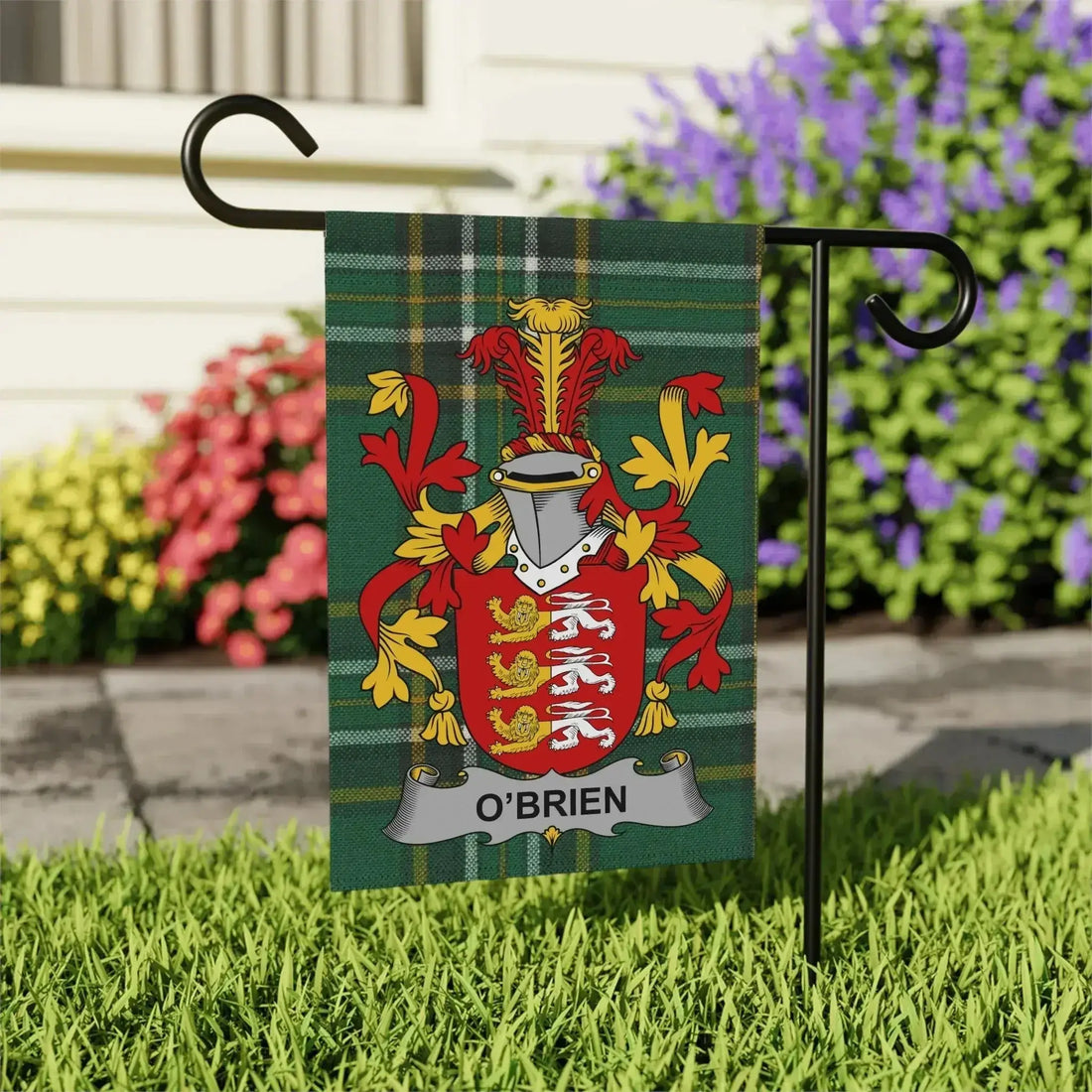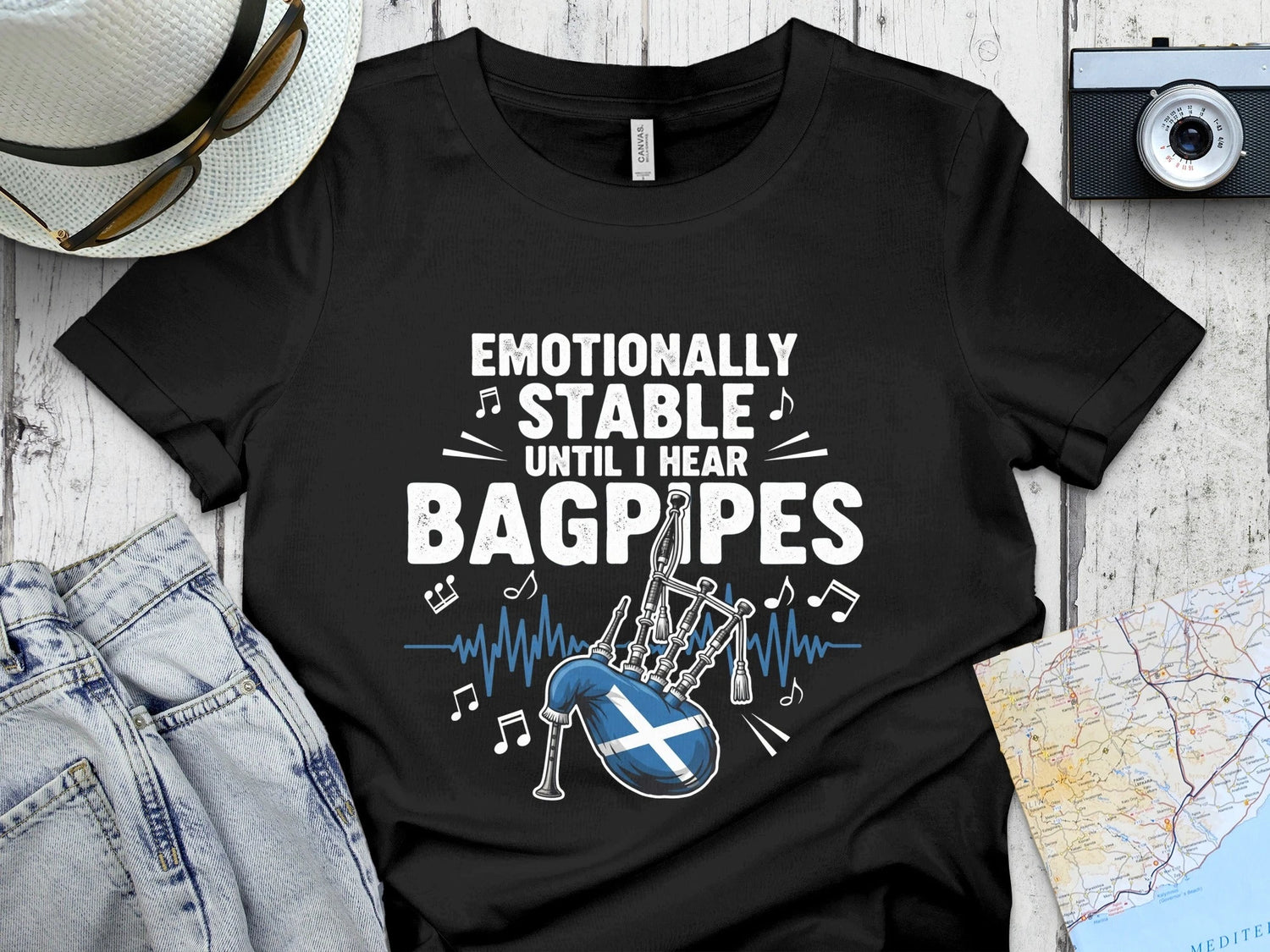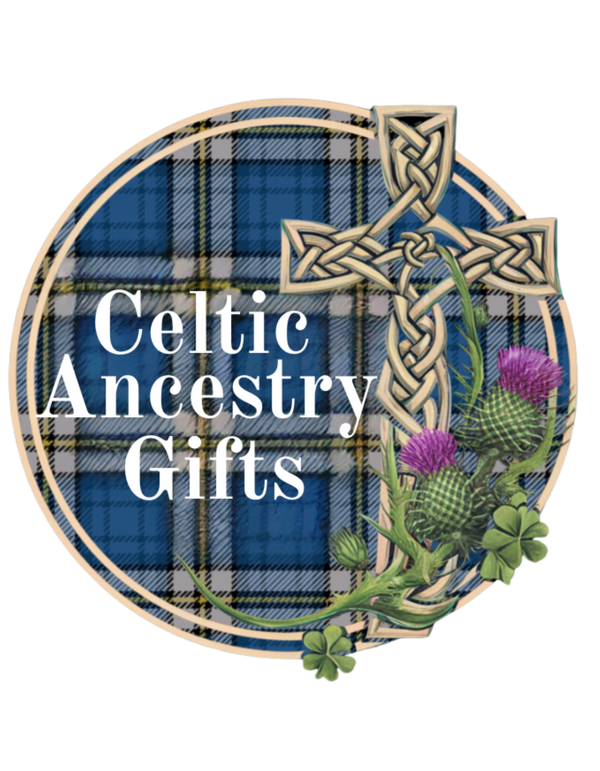
The O’Brien Surname: Royal Descendants of Brian Boru, High King of Ireland
Share
1️⃣ Introduction: Pride in a Name Born of Kingship and Legend
To bear the name O’Brien is to carry one of the most illustrious legacies in all of Ireland. The name resounds with royal dignity, tracing directly to Brian Boru (Brian Bóruma) — the High King who united Ireland and fell heroically at the Battle of Clontarf in 1014.
The O’Briens, or Ó Briain in Irish, are more than a family; they are a dynasty. For over a thousand years, their name has stood for courage, leadership, and enduring Irish spirit. From their strongholds in Thomond (modern County Clare) to noble titles that reached into European courts, the O’Briens embody Ireland’s soul — fierce in loyalty, steadfast in faith, and proud in heritage.
2️⃣ History & Origins: From Brian Boru to the Lords of Thomond
Descent from Brian Boru
The O’Brien name comes from Ó Briain, meaning “descendant of Brian.” The Brian in question is none other than Brian Boru, born around 941 AD, a king of Munster who rose to become High King of Ireland. His reign was marked by both valor and vision — he sought to unite Ireland’s often-warring kingdoms under a single rule.
Brian’s final victory at Clontarf ended centuries of Norse power in Ireland, though he himself was slain in the battle. His descendants took his name, Ó Briain, and ruled much of Munster for generations, ensuring that his fame would never fade.
The Kings and Princes of Thomond
After Brian’s death, his descendants ruled the ancient kingdom of Thomond, which covered much of modern Clare, Limerick, and parts of Tipperary. From their stronghold at Kincora, near Killaloe on the River Shannon, the O’Briens reigned as kings and later as earls and lords under English rule.
Through centuries of conflict — Norman invasion, English encroachment, and internal rivalries — the O’Briens remained among the most powerful Gaelic dynasties. They adapted to changing times with resilience and wisdom, balancing pride in their ancestry with political skill.
Among their most notable figures were:
-
Donnchadh Ó Briain, son of Brian Boru, who carried his father’s legacy into the medieval era.
-
Murrough O’Brien, who became the 1st Earl of Thomond in 1543, accepting his title from Henry VIII but keeping his Gaelic dignity intact.
-
Daniel O’Brien, Viscount Clare, who led the famed “Wild Geese” — Irish soldiers who served in European armies after the Treaty of Limerick in 1691.
From kings to poets, bishops to warriors, the O’Briens left their mark on every chapter of Irish history.
3️⃣ Spelling Variations & Connections to Other Names
Like all Gaelic surnames, O’Brien evolved over time as Irish and English influences mingled. The core name, however, has remained remarkably consistent, a sign of its prestige.
Variants: O’Brien, O’Brian, O’Bryan, O’Brine, Brien, Bryan
Gaelic Form: Ó Briain — “descendant of Brian”
Anglicized Forms: O’Brien, O’Brian, Brien
Related Families: The O’Gradys, MacNamaras, and Kennedys of Thomond were historic allies and kinsmen through shared Dál gCais ancestry.
The O’Briens’ lineage is one of only a few Irish families that can be traced directly to Ireland’s ancient High Kings.
4️⃣ Landmarks & Regions Associated with the O’Brien Name
Killaloe & Kincora (County Clare) – The ancient capital of Brian Boru’s kingdom. Kincora, his royal fort, overlooked the River Shannon and served as the political heart of Thomond.
Bunratty Castle – Built by the O’Briens in the 15th century, this grand fortress remains one of Ireland’s best-preserved castles and a proud reminder of their medieval power.
Inchiquin & Dromoland – Seats of later O’Brien nobility. Dromoland Castle, now a world-famous estate and hotel, still stands as a monument to O’Brien endurance and refinement.
Thomond Bridge (Limerick) – A strategic crossing long controlled by O’Brien forces, symbolizing their command over the Shannon region.
From ancient fort to stately manor, the O’Brien name is etched into Ireland’s geography as deeply as it is into her history.
5️⃣ Migration & Modern-Day Presence
Like many Irish families, the O’Briens saw members scattered across the world through migration and exile. After the Cromwellian wars and the Penal Laws, many left Ireland for France, Spain, and Austria, where they served as soldiers in the armies of Europe.
In the 18th and 19th centuries, O’Briens emigrated to America, Canada, and Australia, carrying their noble name with them. In every land, they became known for leadership, compassion, and loyalty — traits inherited from their royal forebears.
Today, the O’Brien surname ranks among Ireland’s most distinguished, and the family’s legacy remains alive through cultural festivals, historical societies, and clan gatherings around the world. The O’Brien of Thomond remains the recognized hereditary chief, continuing the unbroken descent from Brian Boru himself.
The clan’s motto, “Lamh Laidir an Uachtar” — “The Strong Hand from Above” — perfectly expresses their enduring belief in divine guidance and noble strength.
6️⃣ Fun Fact
Brian Boru’s harp — the Brian Boru Harp, preserved in Trinity College Dublin — is said to have been owned by the O’Brien royal line. It later became the national symbol of Ireland, appearing on coins, flags, and the Guinness logo alike.
This connection makes the O’Brien family not only part of Irish history but also of its national identity — guardians of both crown and culture.
💚 Search your family name in the search bar above to explore your clan gifts.
Celebrate your O’Brien heritage with beautifully crafted mugs, t-shirts, blankets, ornaments, wall art, phone cases, magnets, flags, and more, featuring your crest and Irish name with pride.

